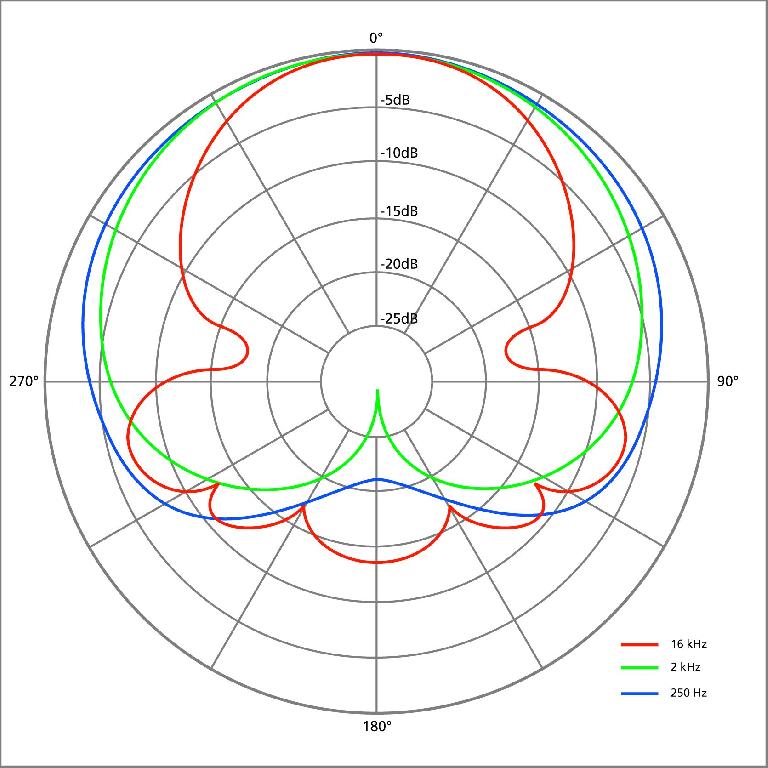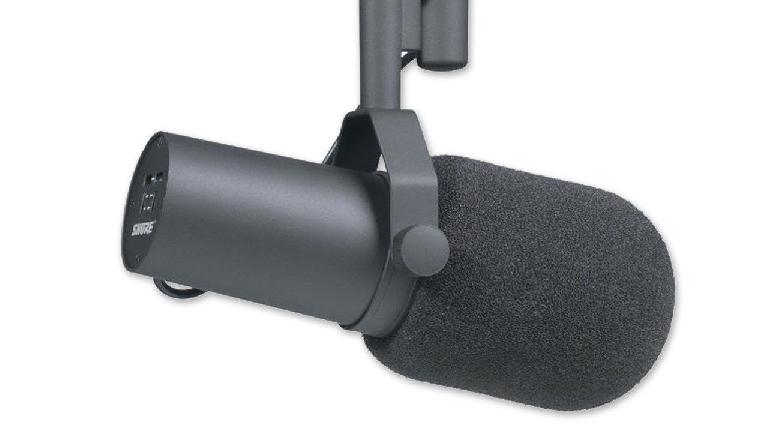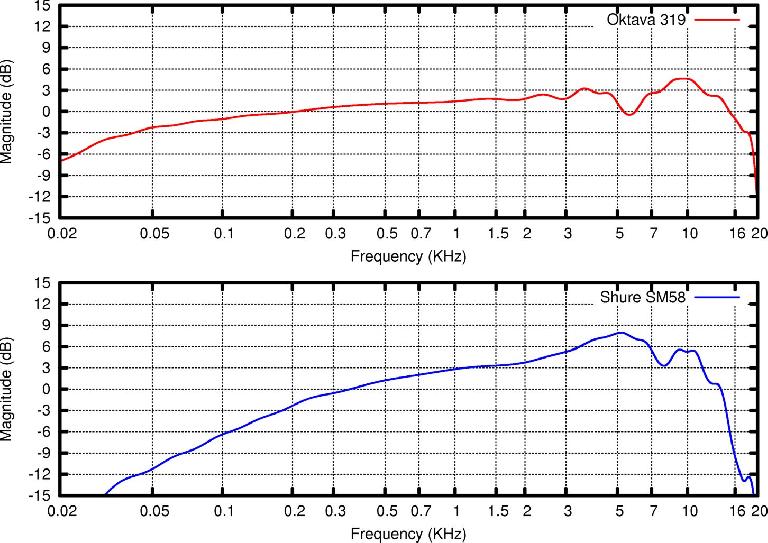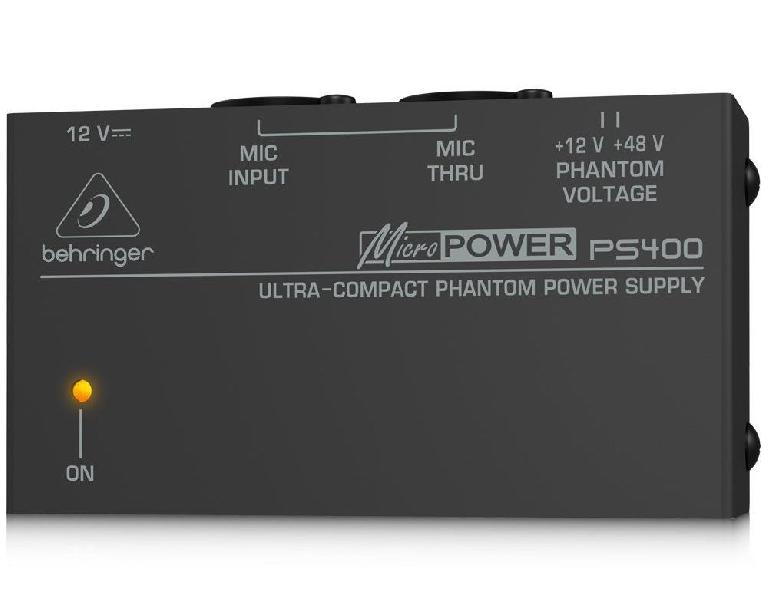Choosing a new studio condenser microphone is no easy task these days. There are a wealth of choices available to the home studio user, and trying to find one microphone that stands out from the crowd can be a tough decision. If you’re a home studio owner, the decision can be doubly important as you likely will be using only one microphone as your ‘go-to’ studio condenser, so it’s important to choose one that fits your needs and that will continue to work for you as your studio grows over the years. Here are six things to think about before dropping your hard-earned cash on that shiny new microphone.
1. Pickup Pattern Variations
Many condenser microphones have selectable pickup patterns, and this could be important to you depending on your room and intended use. The pickup pattern is essentially the sound field in which the microphone will ‘pick up’ sound. An omnidirectional microphone capsule will capture sound (fairly) evenly in the front and the back of the microphone. This can be great if you’re planning on using the microphone to record a small group of singers, percussionists, or if you just have a really great room and want to capture its natural characteristics as well as the direct sound that you’re recording.
A cardioid pickup pattern is somewhat in the shape of a heart and will reject sound from behind it while picking up sound from directly in front of it. For many home studio users who don’t have the construction or control they’d like over their recording environment, this would be a good choice. Paired up with a baffle behind the mic to truly eliminate unwanted reflections in the room, you can get quite a good vocal sound from even the most problematic of rooms.
If the microphone you’re planning on purchasing has a selectable pickup switch, you can likely choose between various pickup patterns in various situations giving you a bit more flexibility.
2. Proximity Effect Sensitivity
If you’re going to be doing any professional voice over, podcasting, or working with singers who have a tendency to ‘drift’ away from the mic, then you’ll want to consider the microphone’s proximity effect sensitivity. There are microphones specifically designed to give more of an even result whether the source is 3 inches away or 15 inches away. This specific feature is the reason why the ElectroVoice RE20 or the Shure SM7B is such a staple for live radio production and voiceover. You can be right up ‘on the mic’ or several inches away and not have to worry about a severe increase in bass response.
3. Frequency Response Curve
Nearly any professional microphone will provide a graph of its frequency response. A microphone’s frequency response is a measurement of the magnitude in which it responds to any given frequency range. In other words, certain miss will pick up a bit more highs or a bit more lows than other microphones. It’s one of the main reasons that you may like using one microphone on a certain type of source.
Knowing how a microphone responds to certain frequencies should absolutely influence your decision on purchasing that mic. If you’re going to be using this microphone to record vocals often for yourself, what frequencies do you find yourself already taming with EQ when you record currently? If you already are pulling out 3–5dB at 5k, do you really want a mic that has a huge bump in that frequency range? You might save yourself a lot of valuable production time by finding a mic that complements your needs.
4. Power Supply
Many high-end microphones also come with a power supply, or require phantom power. This is another thing you’ll want to consider before purchasing. If you want to stay mobile, purchasing a mic with a required power supply can be a pain in the neck, especially if you’re going to put that microphone in a vocal booth and you didn’t wire it for power!
5. Noise Floor

One of the drawbacks to going the budget route when purchasing a condenser microphone is the noise floor. The term ‘noise floor’ refers to a device’s level of ‘self noise’. In other words, when you turn the mic up but don’t make any sound, you’ll hear a bit of noise in the background. This is a tricky concept, because much of the overall noise floor will be determined by the electricity/grounding in your studio, your choice of preamp, your choice of audio device, and even the cables you choose to you. However, the microphone can definitely contribute to your noise floor, and if you skimp on this it can contribute a LOT.
6. Dynamic Range and Headroom

One of the main features you’re paying for when you purchase a more expensive condenser microphone is the dynamic range and headroom that you have to work with. Think of dynamic range as the difference between the lowest level and the loudest level you can record at. Some microphones will respond really well across their entire dynamic range and others will not. You’ll often see reports of various microphones losing bass response or gaining unwanted frequencies at various levels. A high-quality condenser will give you plenty of room to work with, and give you an even response (or at least affect the response in a good way) all across its entire dynamic range.
The dynamic range of a microphone can also be tied into the noise floor. The Electro Voice RE20, a staple of many studios, is absolutely notorious for being ‘gain hungry’. Yes, it has a lot of dynamic range, but you have to turn it up very high in order to get an acceptable level—and this can induce unwanted noise if the rest of your signal chain isn’t properly shielded or grounded.
Learn more about microphones and recording in The Ask.Audio Academy here.






 © 2024 Ask.Audio
A NonLinear Educating Company
© 2024 Ask.Audio
A NonLinear Educating Company
Discussion
Want to join the discussion?
Create an account or login to get started!